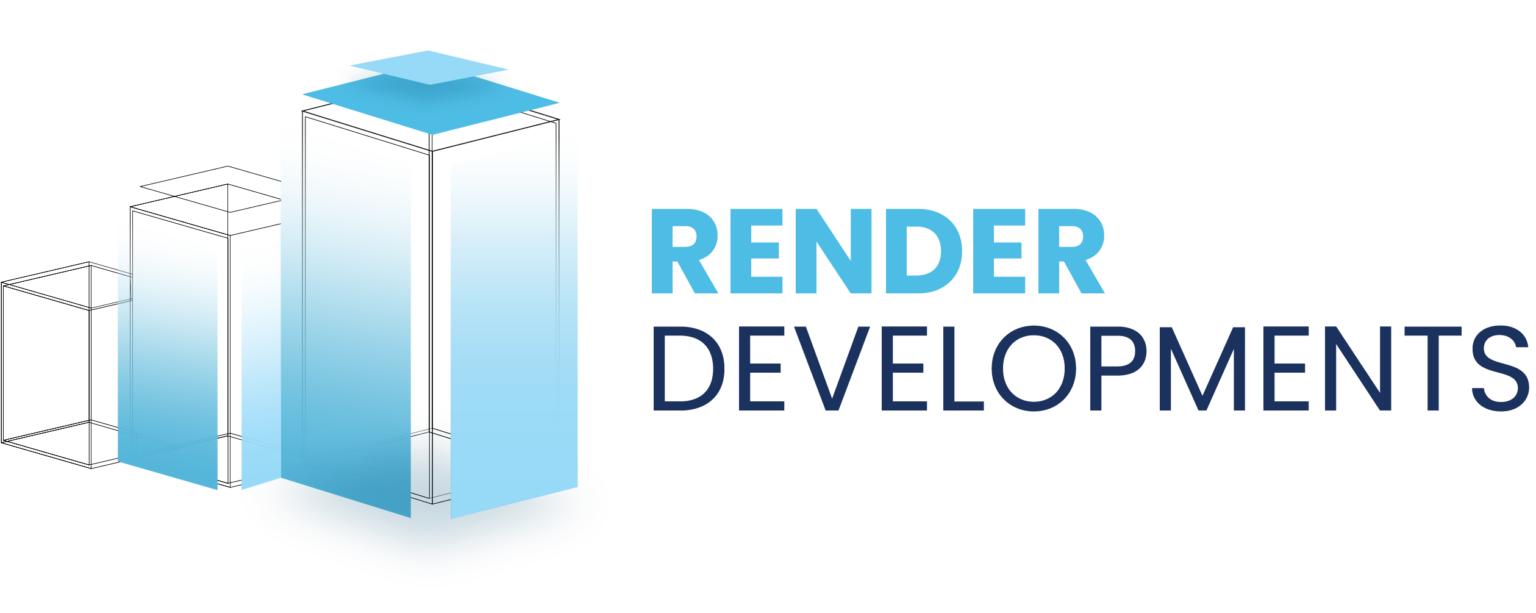As the world enters 2019, we can’t help but look back and reflect on how far we’ve come. Never in history have we seen such a rapid rate of growth in real estate development. All over North America, condos, office towers, corporate parks, and new residential homes are scraping the soil and skies. The somewhat volatile global economy continues to shift, spurring new and necessary developments to support a continuing tech boom.
We dug up information on the five North American cities that have significantly expanding commercial and residential real estate markets. In almost every case, technology is feeding their growth, either as a reason for new developments or as a way to market them, such as in the case of drone technology and virtual reality rendering (VR). Compare some of the following stats in each city profile to where we were 70 years ago.
Huge plans have been made in several North American real estate markets. They’re so big it’s almost difficult to comprehend the impact they’ll have on surrounding neighbourhoods. Developments of such a grand scope demand that we communicate each step of the process and anticipated impact in a way that people can understand. This is one of the reasons why 3D architectural renderings using drone technology are becoming increasingly necessary in real estate development. Every stakeholder must see what future growth will look like and how it will affect communities structurally and economically.
Consider the impact drone technology and 3D renderings will have on communicating the following projects to stakeholders.
Seattle, Washington
Experts are touting this West Coast metropolis as the next NYC. Several local tech and biotech companies are housed here, and it’s becoming the city of choice for venture capitalists and start-up or spin-off tech companies as they forge new ground. But making the biggest impact on the market are tech giants Amazon and Microsoft. Amazon’s staggering growth in the past year is reflected in numbers that don’t even make sense, even to its competitors. Such expansion demands new developments to keep up with the rate of growth of this massive enterprise and its plans for Seattle are huge. Its proposed project, still under discussion, would occupy 12.8 million square feet by 2022––that’s just over one kilometre of prime real estate (source).
Toronto, Ontario
Look up at the uncountable number of cranes dotting the city’s skyline and you’ll get an idea of just how fast this Canadian megacity is developing. Over the last 20 years, the demand to live in Toronto has driven and sustained the value of real estate to epic heights, which makes it one of the least risky markets with the greatest return on investment. But buying into Toronto’s housing market is challenging to say the least.
On the commercial side, an influx of tech companies setting up shop in Toronto has had a dramatic impact on real estate development. Between 2012 and 2017, Toronto saw 82,000 new jobs in technology. That’s more than Silicon Valley and any other North American city, according to a report from CBRE, which ranks Toronto as the fourth most important tech hub in North America (source). Last month, Microsoft announced their plans for a new Canadian headquarters in central Toronto, and Intel plans to build a new graphics chip engineering plant in North York (source).
Image: CBRE Group Inc.
Queens, NY
Heralded the country’s fastest growing neighbourhood by the New York Intelligencer, Long Island City is experiencing massive residential growth. Since 2010, more than 12,000 apartments have been built there, with more than 9,000 still expected. Court Square City View Tower, which is supposed to rise to 984 feet when complete, is in the lead right now for the tallest building in the neighbourhood.
But the big ticket item in this pocket of NYC will be Amazon, which recently selected Long Island City as its second North America headquarters, coined HQ2. And it comes with a $325 million subsidy from Empire State Development based on its locating to Queens (see the announcement here). Real estate development will boom, not just as its offices are built but also to support the thousands of people that will fill positions of employment at HQ2.
Raleigh, NC
This capital city is already home to three major universities and the Research Triangle, which hosts 200 companies and 60,000 workers (Roofstock Marketing). Last year, 5,700 apartment units were added to this burgeoning metropolis, boosting the five year number up to 25,000 new apartments, an increase of 18%. This growth is necessary to match the 11.3% population growth over the same time period. Meanwhile, approximately 140,000 jobs, many of them in the IT sector, have been created since 2012—an 18% increase (source).
Austin, TX
This southern city has a ton of appeal, especially to millenials who make up a whopping 75 million or 30 percent of the country’s population. It’s no wonder economic gains in Austin are huge. Current job growth sits at 2.7% (source) but a 3 percent employment rate is forecasted, which may have something to do with Apple.
Austin already attracts companies from every sector of the economy, and now Apple has plans to develop a $1 billion campus in the northern region of the city. A 133-acre development on Robinson Ranch will house 5000 employees with a projected 15,000, making it Apple’s second largest corporate hub (Link no longer available as of Apr 2025).
Aerial Image: Proposed Apple Campus in Austin (source)
Each of these developments will impact local neighbourhoods, and it is imperative that developers inform the people living in these communities with as much transparency as possible. Economically, we can conceptualize how local communities will be affected. But when it comes to physical location, space, and traffic patterns, 3D architectural renderings are necessary to enable people to “see” exactly the changes that will occur and how their neighbourhoods will be impacted. VR and drone technology can communicate the development process and outcome precisely to eliminate future surprises and also to garner community and investor support.
Learn more about the fascinating 3D Rendering technology that North American developers are using to showcase these massive projects.





